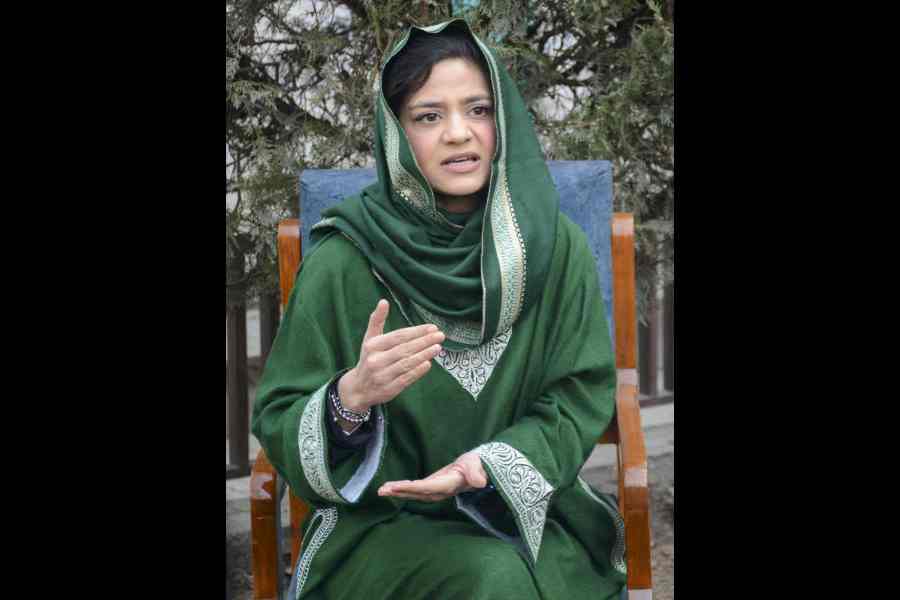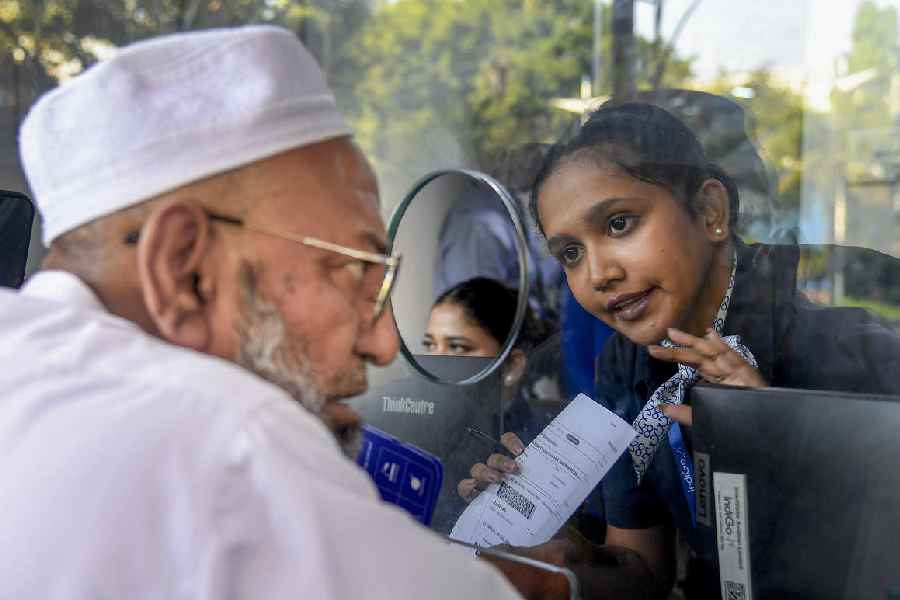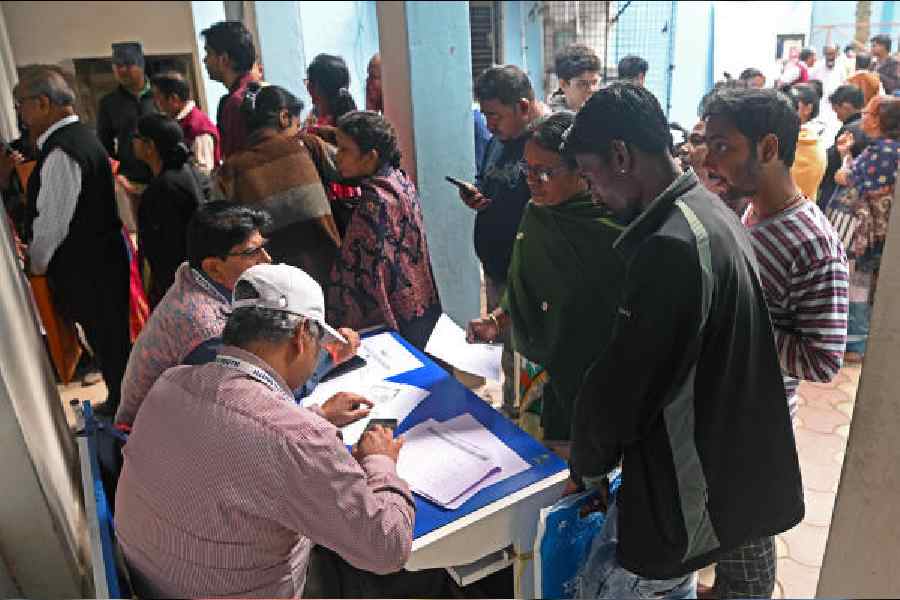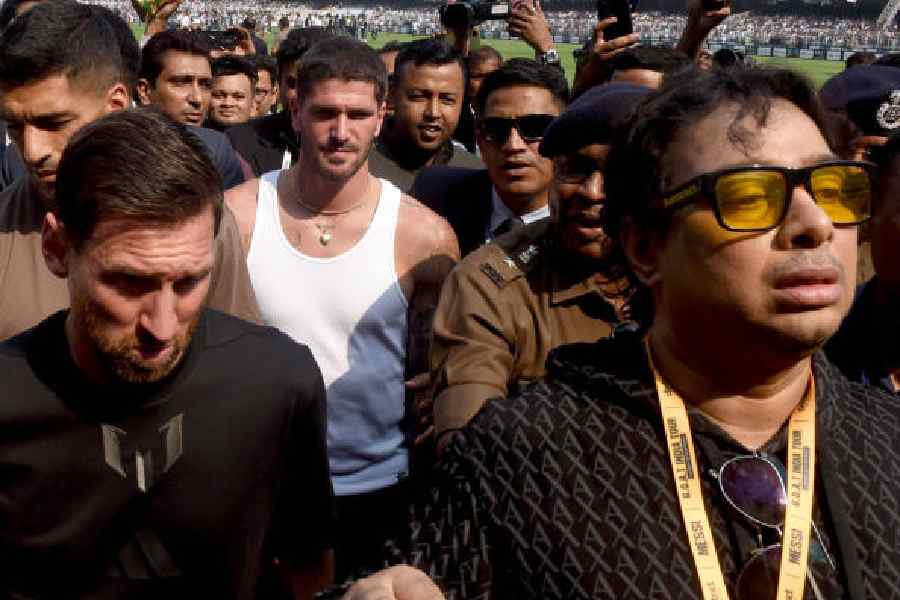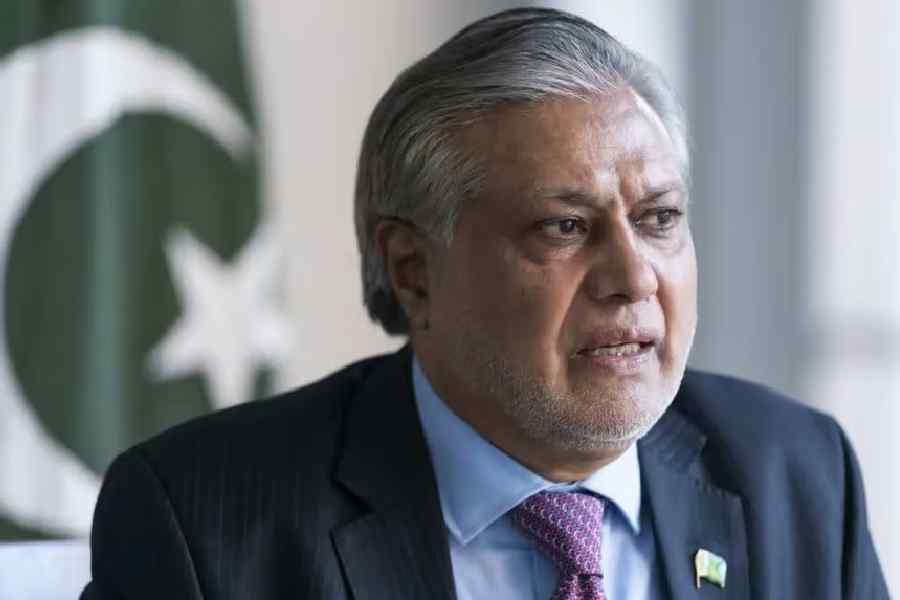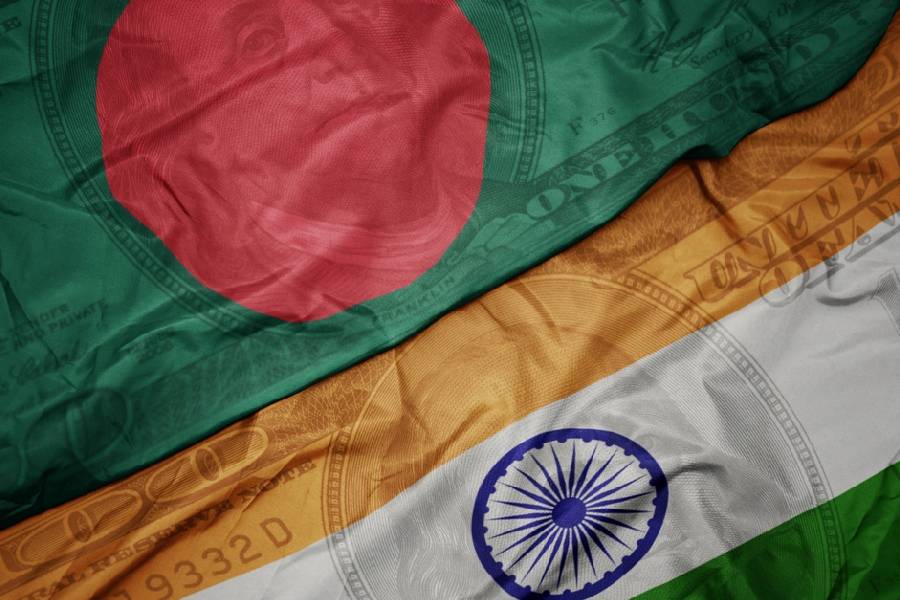New Delhi, March 3: The director of IIM Indore, N. Ravichandran, has been asked by the Centre to respond to an accusation of plagiarism against him.
Ravichandran and a senior faculty member of the institute, Omkar D. Palsule-Desai, had submitted a paper on euthanasia that was put up on the IIM website with a “Do not copy or reproduce” warning.
The management case on “Euthanasia: Should it be Lawful or Otherwise?” was also published in a recent issue of the Indore Management Journal, an IIM Indore publication.
Ahmedabad-based researcher K.R. Narendrababu has complained that the paper was sourced heavily from a Supreme Court judgment without adequate attribution.
Narendrababu alleged that over 60 per cent of the paper was either “direct quotation” or “light paraphrasing” of the judgment and has requested that the matter be probed and action taken against the writers for “academic misconduct”.
The Union HRD ministry has forwarded the complaint to the IIM Indore director and asked for his response.
When contacted, Ravichandran snapped: “What nonsense are you talking. I have no reaction.”
Palsule-Desai did not answer calls on his mobile.
A management case refers to a real-life situation and how it is handled by an organisation, and is used to teach students about managerial abilities.
The paper in question sought to analyse the larger issue of euthanasia in the context of the Aruna Ramchandra Shanbaug versus Union of India case. The apex court had on March 7, 2011, dismissed a petition asking for mercy killing for the former nurse who has been lying in a persistent vegetative state since being brutally assaulted in 1973.
Narendrababu has alleged that the case paper grossly violates the Citation Style Guide to be followed by the IIMs while writing such papers.
The IIMs follow the guides prepared by Harvard Business School and the American Psychological Association, which say that whenever there is sourcing, verbatim or otherwise, the source has to be cited adequately.
A senior IIM professor said whenever there is a quotation from a secondary source, the author should mention the source within brackets in the same paragraph. Another option is to number such quotations and cite the source clearly number-wise at the end as reference material.
Ravichandran and Palsule-Desai have acknowledged that the case has been prepared based on secondary source of information like the Supreme Court judgment and a few other media reports. But Narendrababu argued that mere acknowledgement in the footnote is not enough.


